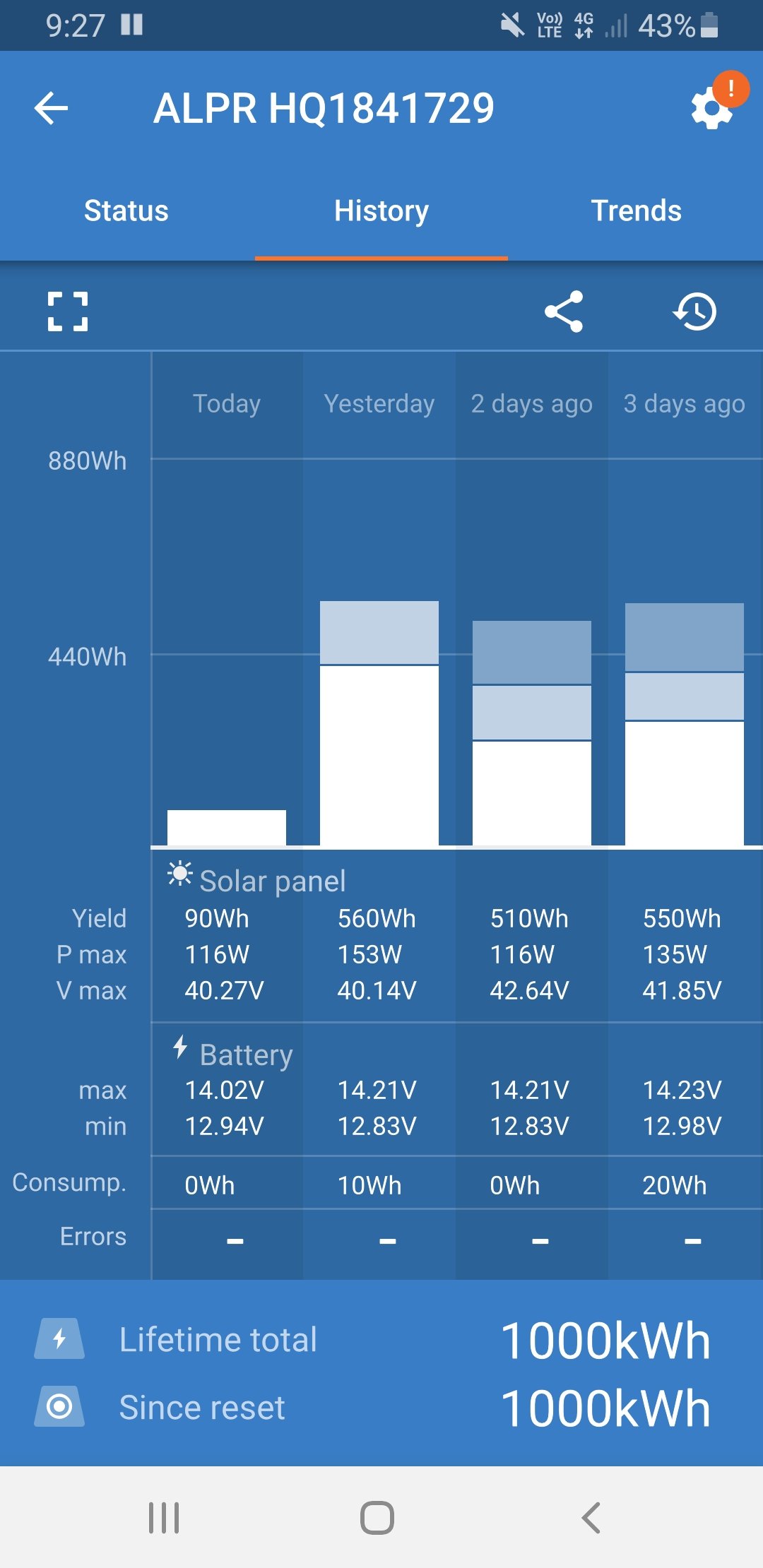this post was submitted on 27 Apr 2024
443 points (99.1% liked)
Mildly Interesting
19833 readers
156 users here now
This is for strictly mildly interesting material. If it's too interesting, it doesn't belong. If it's not interesting, it doesn't belong.
This is obviously an objective criteria, so the mods are always right. Or maybe mildly right? Ahh.. what do we know?
Just post some stuff and don't spam.
founded 2 years ago
MODERATORS
you are viewing a single comment's thread
view the rest of the comments
view the rest of the comments

This is so cool. I’ve got no place to put solar panels, but I invest in a solar cost sharing program with my local power company.
My city (San Francisco) has a program where you can elect to get 100% of your power from renewables which are primarily hydro, solar, and wind and it comes out cheaper every month than buying power from PG&E. It's pretty great.
So, those sort of programs are confusing and often pretty misleading. First off, you can't choose which electrons go to your house of course; all you can do is draw power from the grid. That's fine, it doesn't really matter at the end of the day, but more importantly most of those programs work by purchasing "renewable energy credits", or RECs, from wind and solar farms across the country. So what does that REC mean? Well nothing really, it just means you "claim" credit for that kWh of renewable energy. If you want you could buy them directly from some random wind farm in Kansas in theory. Or buy for twice as many kWh as you actually use- now you're 200% renewable and you're sucking carbon out of the air! Oh wait.
At the end of the day, RECs are a good idea because they provide an additional revenue source for renewable energy producers, but it isn't all that much. Last I checked they sell at like 3% of what the energy actually sells for on the grid. So for example if a wind company sells electricity for 20 cents a kWh to the grid operator, they could separately sell the RECs for that power on the open market for something like 0.6 cents per kWh, if the grid operator doesn't want the RECs for themselves as part of the power purchase agreement.
I myself subscribe to Arcadia, which is one of those companies that promises to make your power 100% green via purchase of RECs. I consider that to be false advertising. But, I still do it because it does help drive the market for RECs which is good because the ability to sell RECs makes producing green energy a bit more viable, which in turn hopefully spurs growth in the industry.
So in conclusion, it's a good thing to do, but not as good as you might think based on how it's presented. Sorry for the wall of text.
AFAIK, and I could be wrong, the one for SF is not just purchasing credits, but electricity from local power suppliers. I believe the way it works here is a certain percentage of electricity is supplied by the renewable energy partners and PG&E is responsible for the remaining percentage. This percentage is based on the number of people who have elected to go the green power route. Obviously they can't do this on the fly due to how power generation and grids work, but on a month long scale they have more than enough time to modulate generation sources to get close enough.
So let's say 60% of people are signed up for the program. They'll get roughly 60% of the city's power from the renewable sources they have, and allow PG&E to generate the rest. Sure the transmission of power to my place isn't going to be 100% renewable, but that doesn't matter as someone who is on the non-renewable plan somewhere will receive the renewable generated power anyway, so the net effect is the same, and I still get cheaper electricity generation charges.